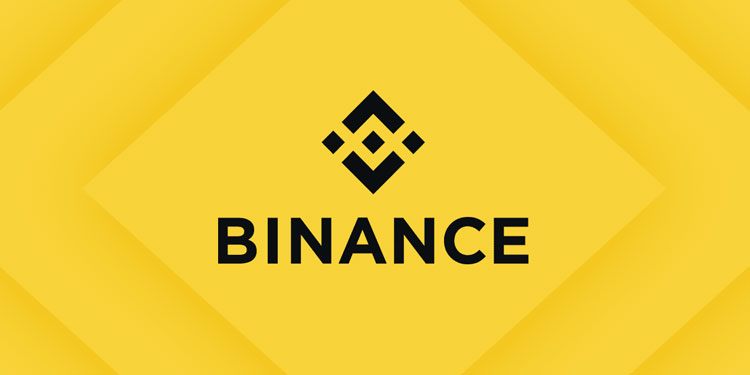
During the first month of operation i.e. between November 12 and December 12, Binance will provide zero-fee service in an attempt to lure clients. After the free service period, clients offering their hash power to the mining pool will have to pay a fee of just 0.5% on their earnings.
With regard to the guidelines on establishing a mining pool account, Binance has stated that participants will have to utilize a Windows or Linux operating system, GPU (NVIDIA or AMD graphics card memory of 4G minimum), 5GB virtual memory for each GPU, and mining software, e.g., HiveOS or Easy Miner.
The Ethereum mining pool will utilize a comparable system to the prevailing Bitcoin pool, named FPPS (Full Pay Per Share). The Bitcoin covenant of Binance noticeably offers smart pool facility, which paves way for participants to automatically change hash rates so that the most profitable altcoin, out of three, can be mined using the SHA-256 algo.
The mining pool supports Bitcoin (BTC), Bitcoin Cash (BCH) and Bitcoin SV (BSV) mining. Nevertheless, the payment is done only in BTC.
BTC.com, which tracks Bitcoin mining pools, indicates that Binance Pool represented 9.4% of Bitcoin’s aggregate hash rate last week.
Centralization continues to remain a cause of worry for those who are staunch supporters of decentralization, which is the core of cryptocurrencies. BTC.com’s data indicates that more than 50% of Bitcoin’s hash rate is represented by four mining pools namely F2Pool (18.5%), Poolin (12.2%), BTC.com (11.6%) and AntPool (11.5%).